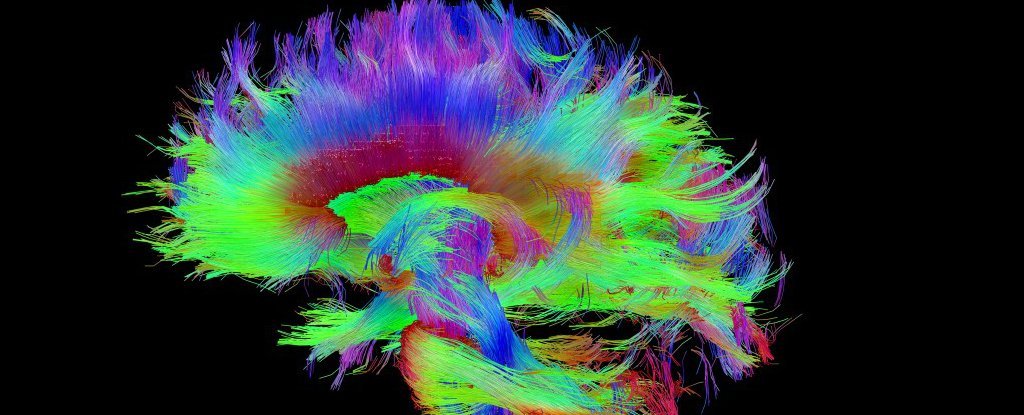Products You May Like
It’s 2023. By now, we should all be wearing jet packs, living on the Moon, and having deep conversations with our dogs through pet translation devices. Oh, and we should know how consciousness works.
We don’t, of course. But a recent event coinciding with the annual meeting of the Association for the Scientific Study of Consciousness (ASSC) in New York serves as an example of how far we’ve come in efforts to model the basic mechanisms of human thinking.
Judges in an adversarial meeting of the minds determined that a series of experiments based on Integrated Information Theory models of consciousness had more going for them than a run of tests based on their closest rival, Global Neuronal Workspace Theory.
But despite this victory, the meeting overall showed we’re still a long way from working out the source of consciousness in the human brain.
As a result, a 25-year-old wager finally came to a close, with German-American computational neuroscientist Christof Koch admitting defeat.
In 1998, Koch was so confident the neurological underpinnings of the brain’s experience of the Universe would be understood within 25 years, he proposed a friendly wager. One that Australian philosopher and cognitive scientist David Chalmers took up.
Okay, some alcohol may have been involved. A case of wine was on the line. But it wasn’t exactly an unreasonable bet for either party.
Koch and Chalmers have been part of a project run by the Templeton World Charity Foundation (TWCF) tasked with finding ways to bring researchers together to better test models of consciousness.
A quarter of a century ago, neurology was booming with advances in imaging and probing, promising new ways to map and monitor activity on a detailed level.
“I was very taken by all these techniques,” Koch told Nature’s Mariana Lenharo.
“I thought: 25 years from now? No problem.”
On the other hand, consciousness has never been the easiest nut to crack.
Chalmers is famous for dividing the search for answers on consciousness into “easy problems” and “hard problems”.
Problems that are easy include integrating information into cognitive systems, or working out how we focus attention. Meaty, mechanical, physical mysteries that aren’t simple to solve, but are at least straight-forward to define.
Hard problems are more philosophical. Like, how does a network of neurons generate the experience of smelling cut grass on a warm summer’s day? How does our brain turn wavelengths of electromagnetism triggering reactions in your eyes into a dazzling rainbow? And how does it produce a sense of self-awareness?
The challenge is using tools of science – such as experimentation, replication, and reasoning – to relate objective measures of cells and chemistry to subjective accounts of agency and awareness. All while respecting the ethics of experimenting on the human mind.
To make progress on at least some of the easier questions, the TWCF has facilitated something of a competition between competing avenues of research on consciousness, testing dominant theories by inviting researchers with differing opinions to work together on experimental designs.
One such opinion, championed by Koch, holds that consciousness emerges from a posterior cortical hot zone; sensory structures across the cortex, primarily in lobes to the sides and back of the brain. Referred to as Integrated Information Theory (IIT), it prioritizes the encoding of objects we sense as key features of conscious activity.
Global Neuronal Workspace Theory (GNWT) proposes the involvement of additional areas, such as the prefrontal lobe, that integrate sensory information and oversee its transformation into an experience.
Experiments on GNWT have typically involved imaging areas of the brain that are active as participants report activity – a method complicated by questions of where awareness ends, and the neurological behavior of reporting on it begins.
Judges in this latest round of experimentation might be giving more points to IIT based on recent study results, but Koch isn’t taking it as a clear victory for his field.
He paid up on his bet with Chalmers at the event, conceding there’s still plenty of room for debate over the question of how the brain builds a universe inside our mind.
